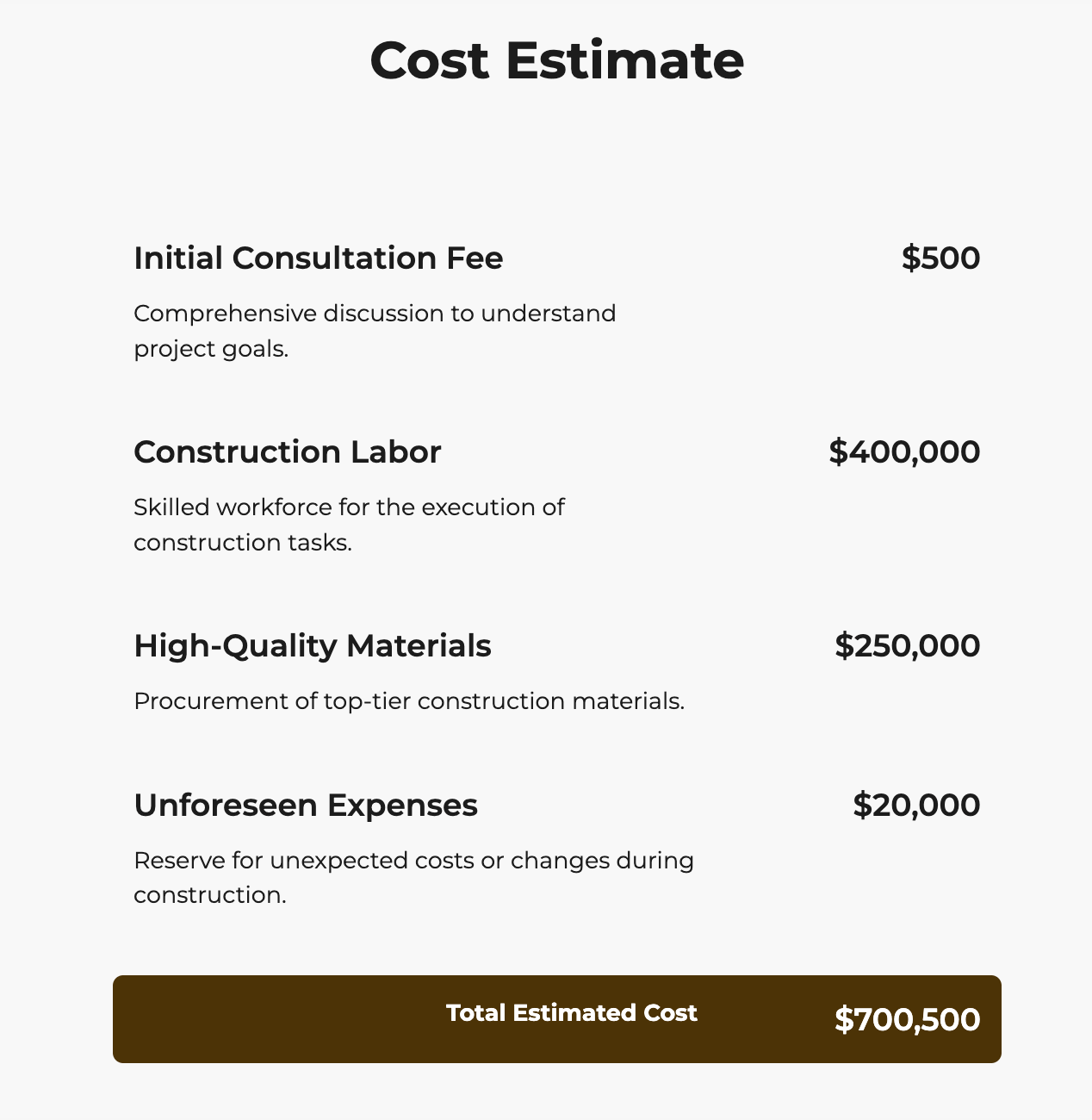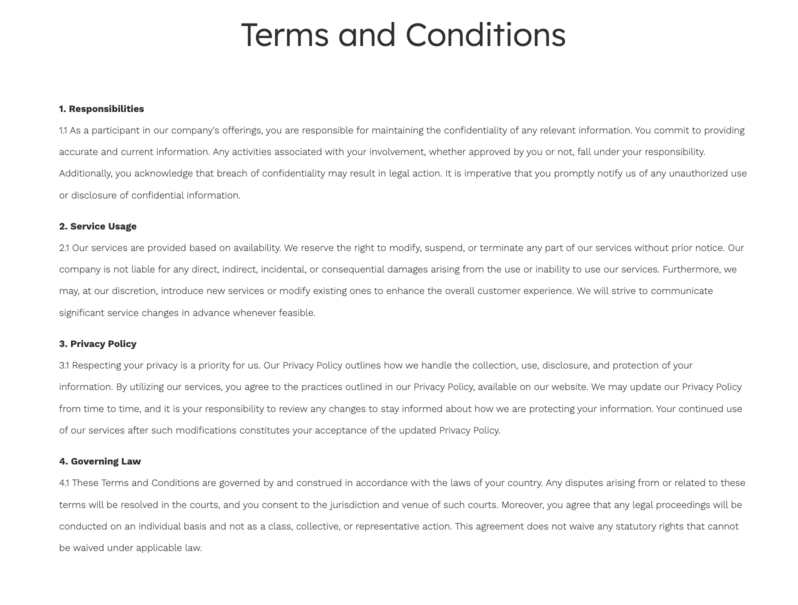How to Make a Real Estate Proposal (+Examples & Templates)
Learn how to make a successful real estate proposal for property management, commercial lease, sale of property, or property development, and see examples.


Learn how to make a successful real estate proposal for property management, commercial lease, sale of property, or property development, and see examples.
Short answer
A real estate proposal is a document that outlines an offer to buy or lease property. It details terms, pricing, and conditions, aiming to initiate negotiations between the parties, providing a clear framework for transaction discussions.
NOTE: If you're looking for more real estate guides, check out the following blog posts:
1) Purchase proposals
These are formal offers to buy a property, detailing the terms under which the buyer proposes to purchase, including price and conditions.
2) Lease proposals
Proposals for leasing a property, specifying rental terms, lease duration, and any tenant improvements or concessions offered by the landlord.
3) Development proposals
Focused on the development or improvement of real estate, these include detailed plans, budgets, and timelines for construction or renovation projects.
4) Management proposals
Submitted by property managers, these detail the services offered to maintain and manage a property effectively, such as utilities providers or lease administration software, outlining costs and management strategies.
Stop losing opportunities to ineffective presentations.
Your new amazing deck is one click away!












